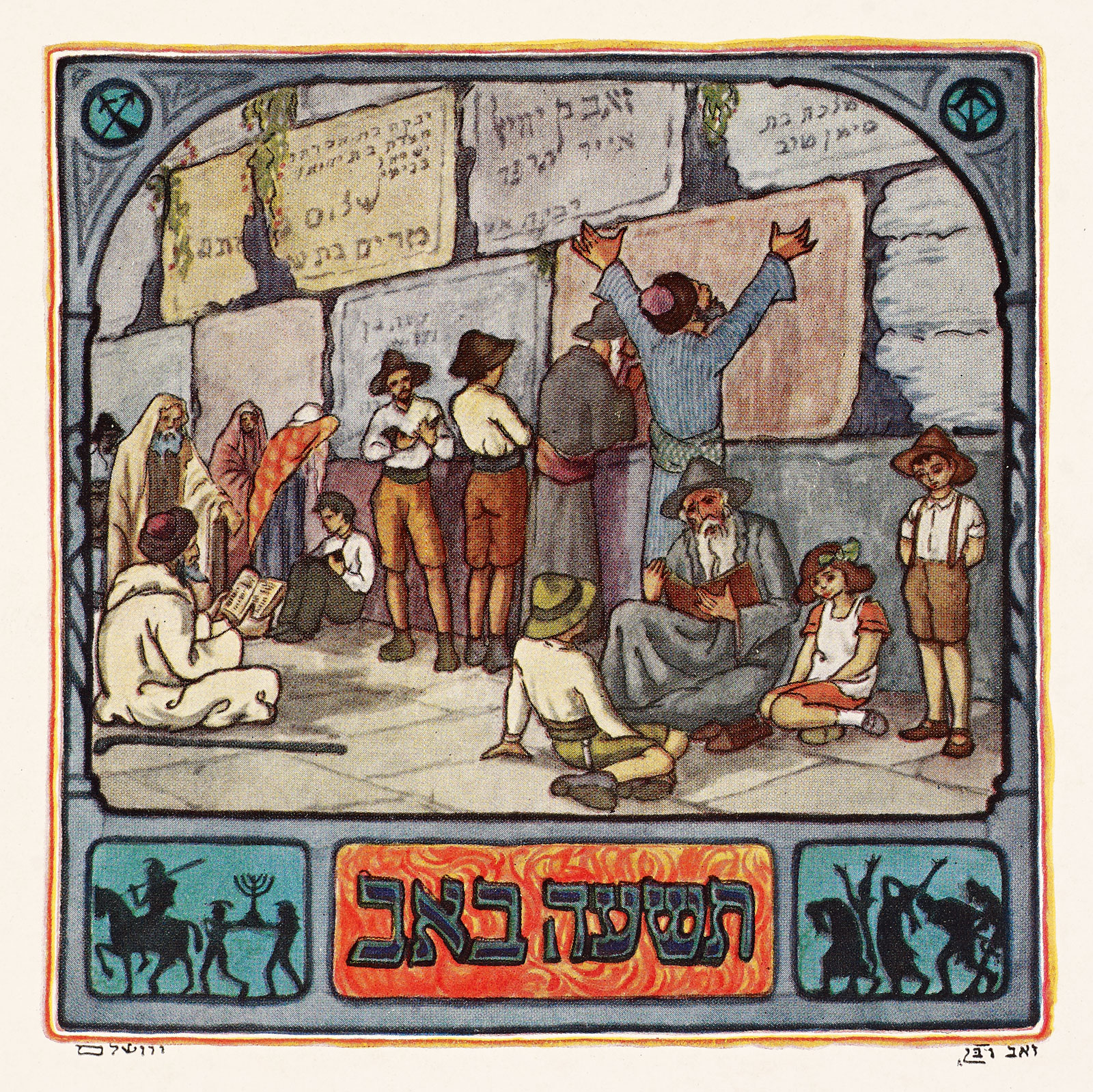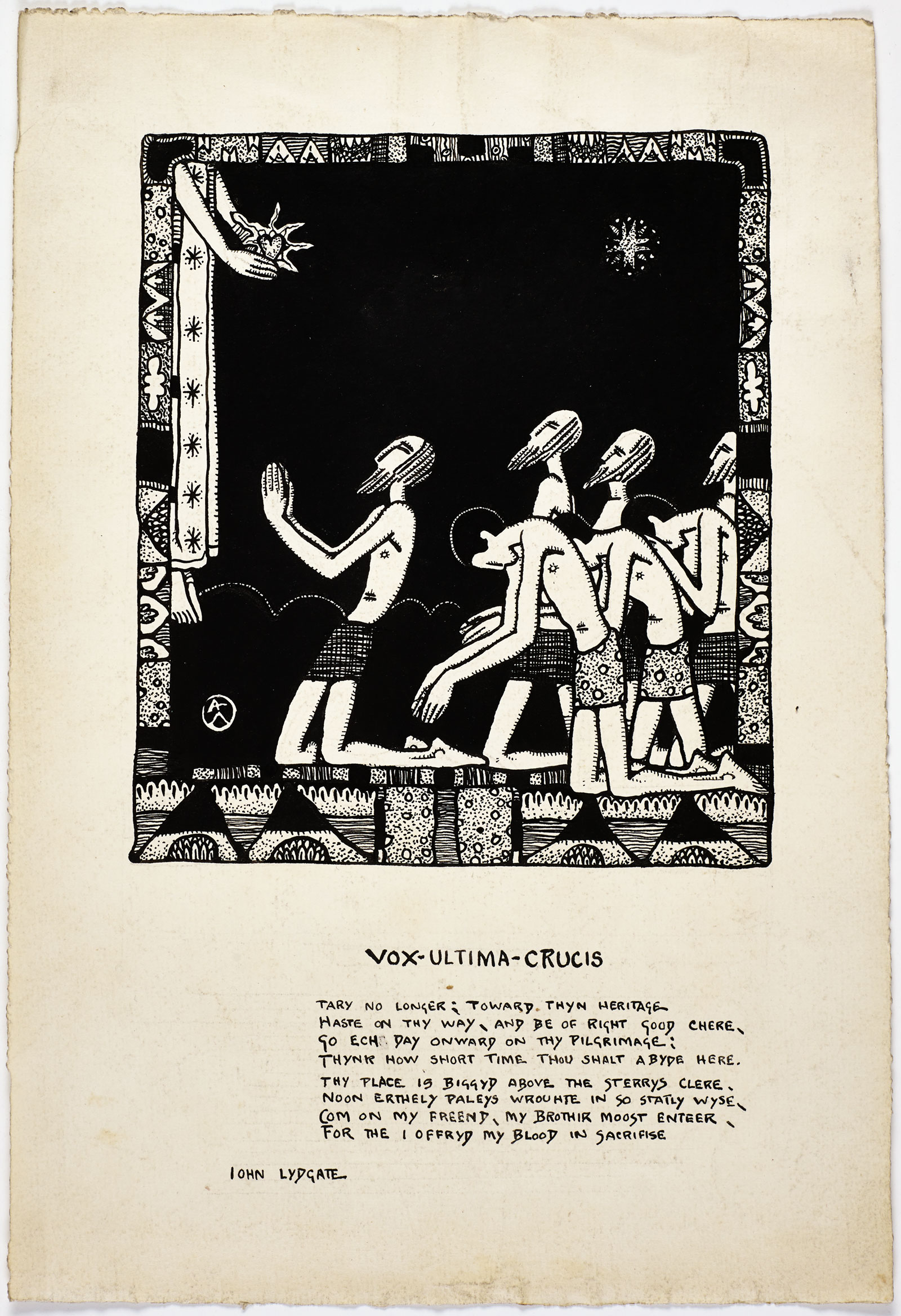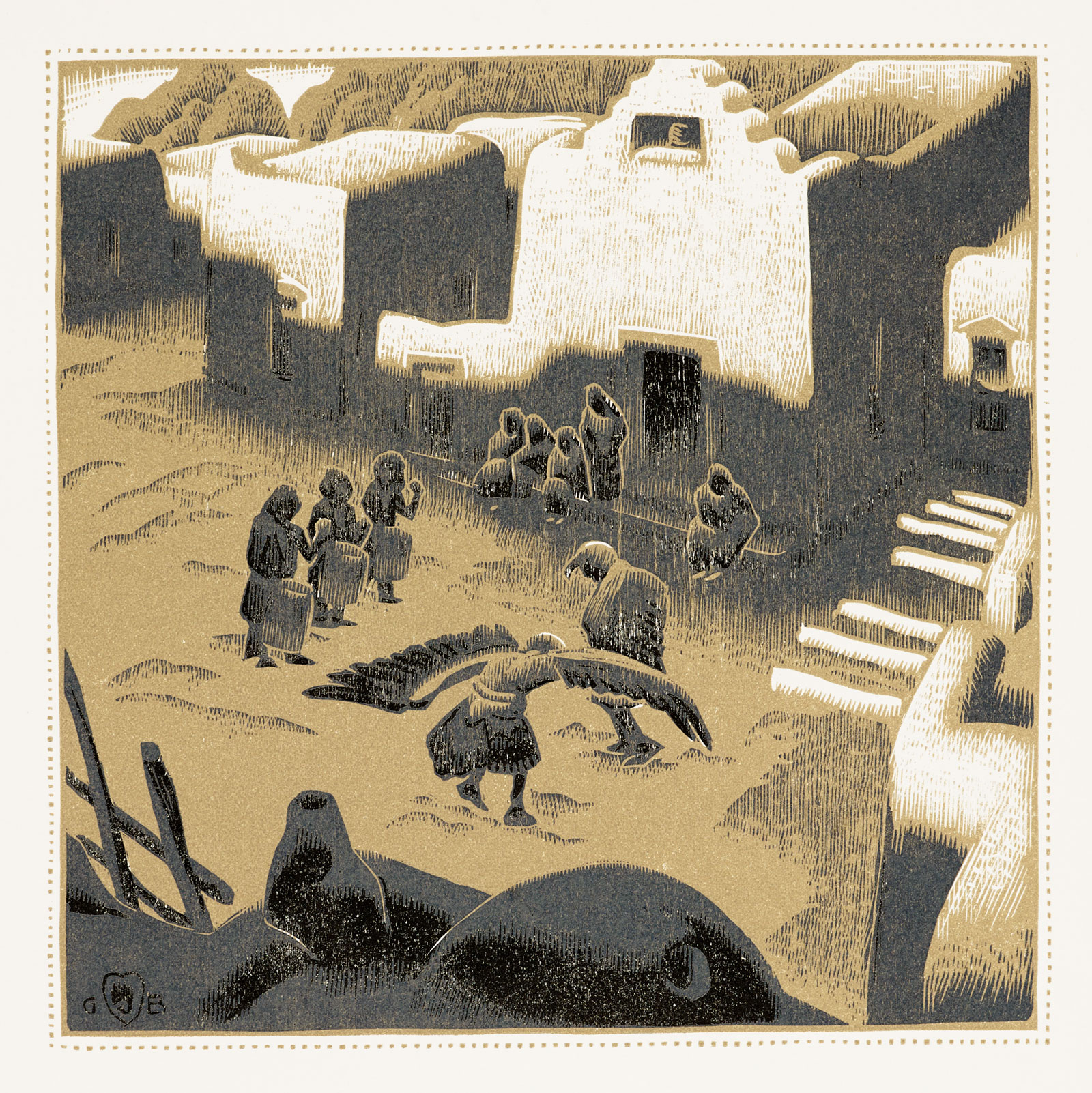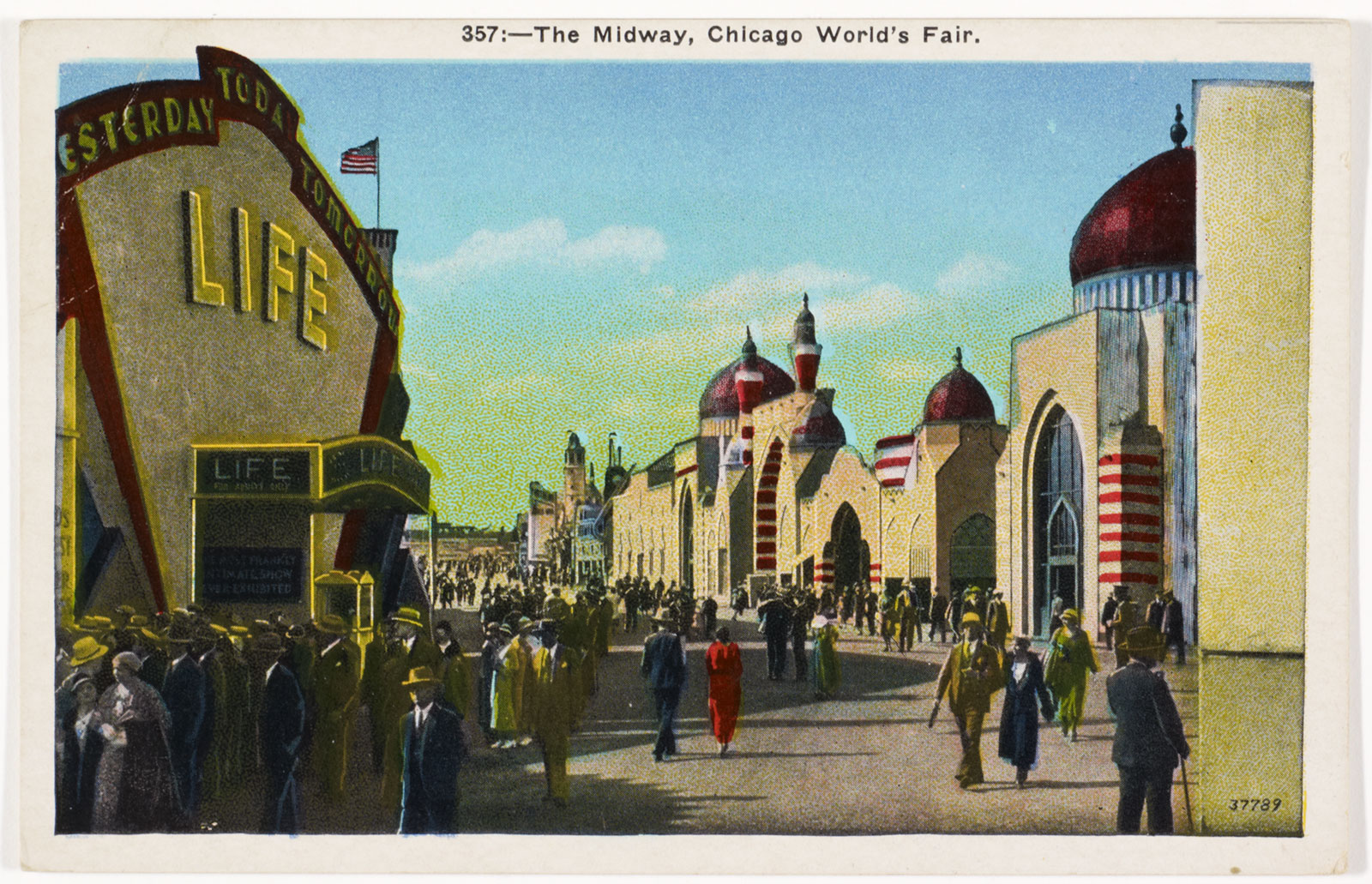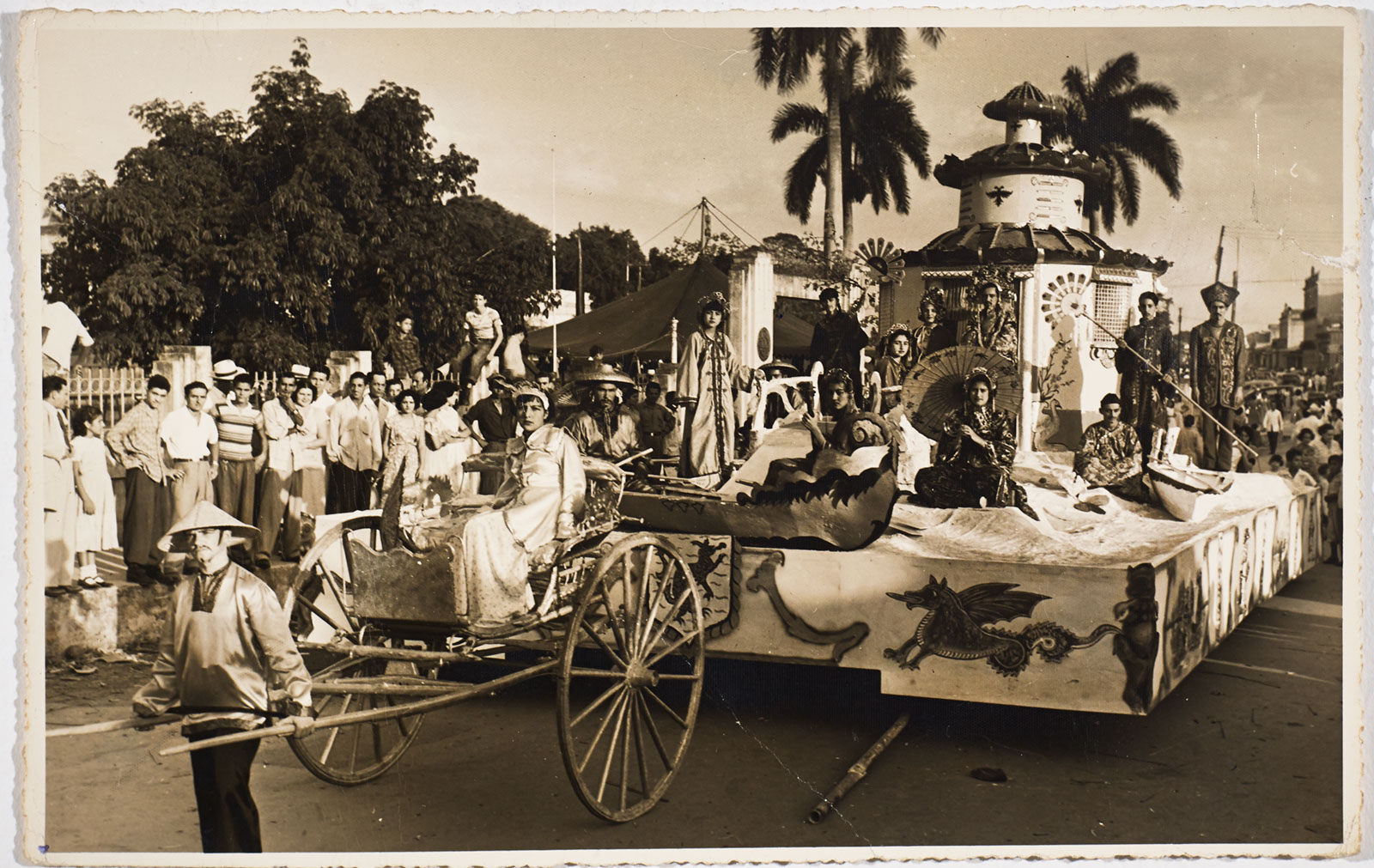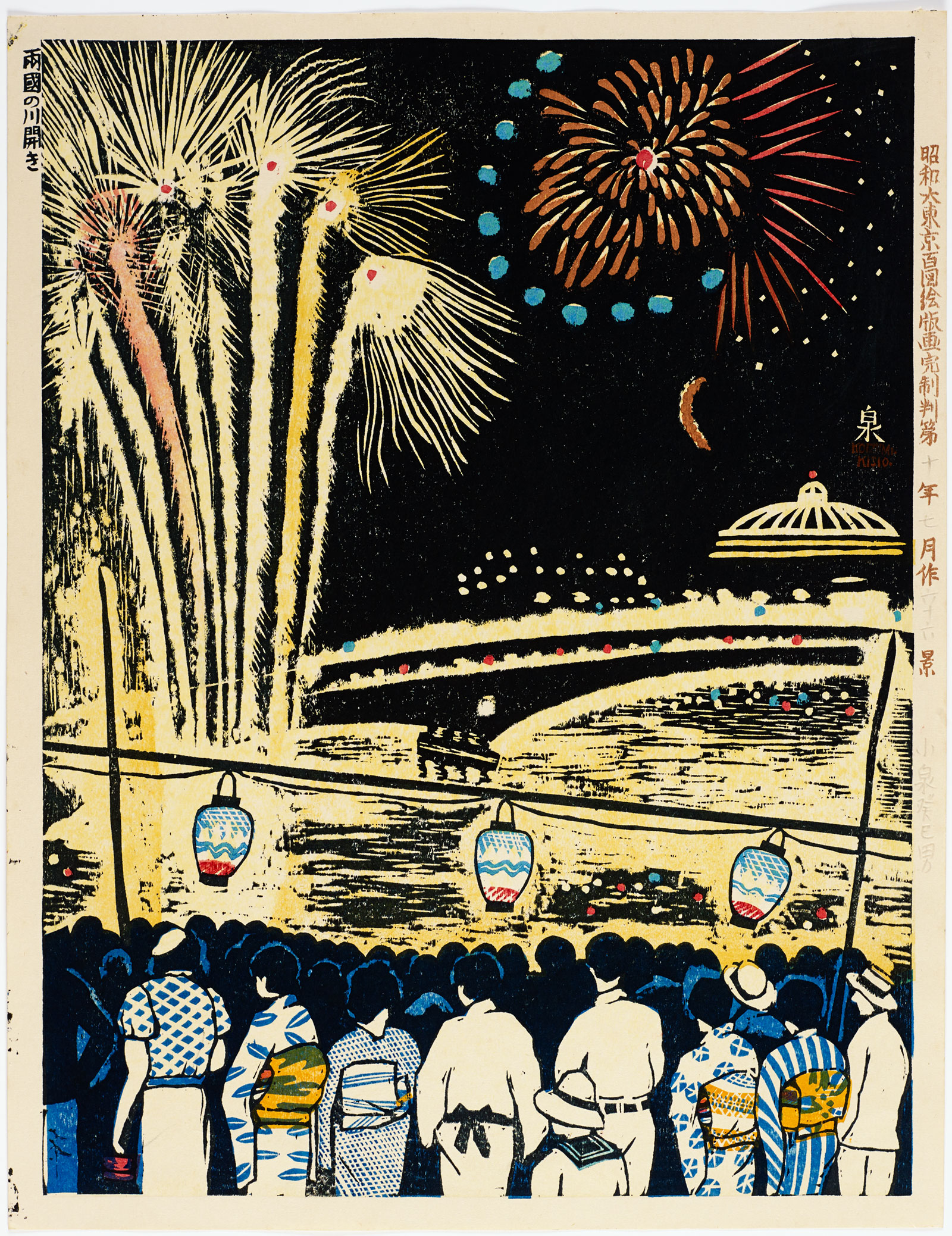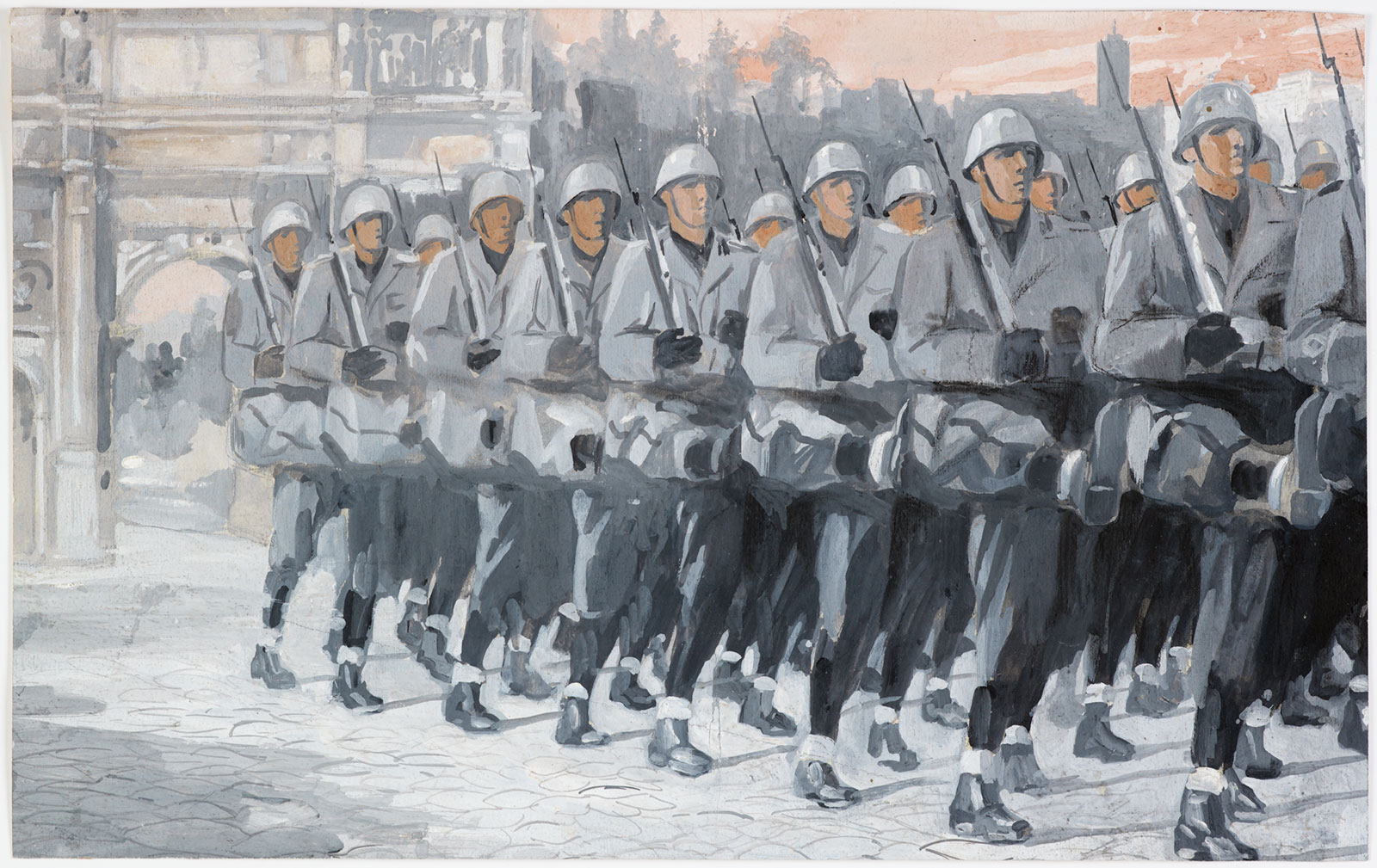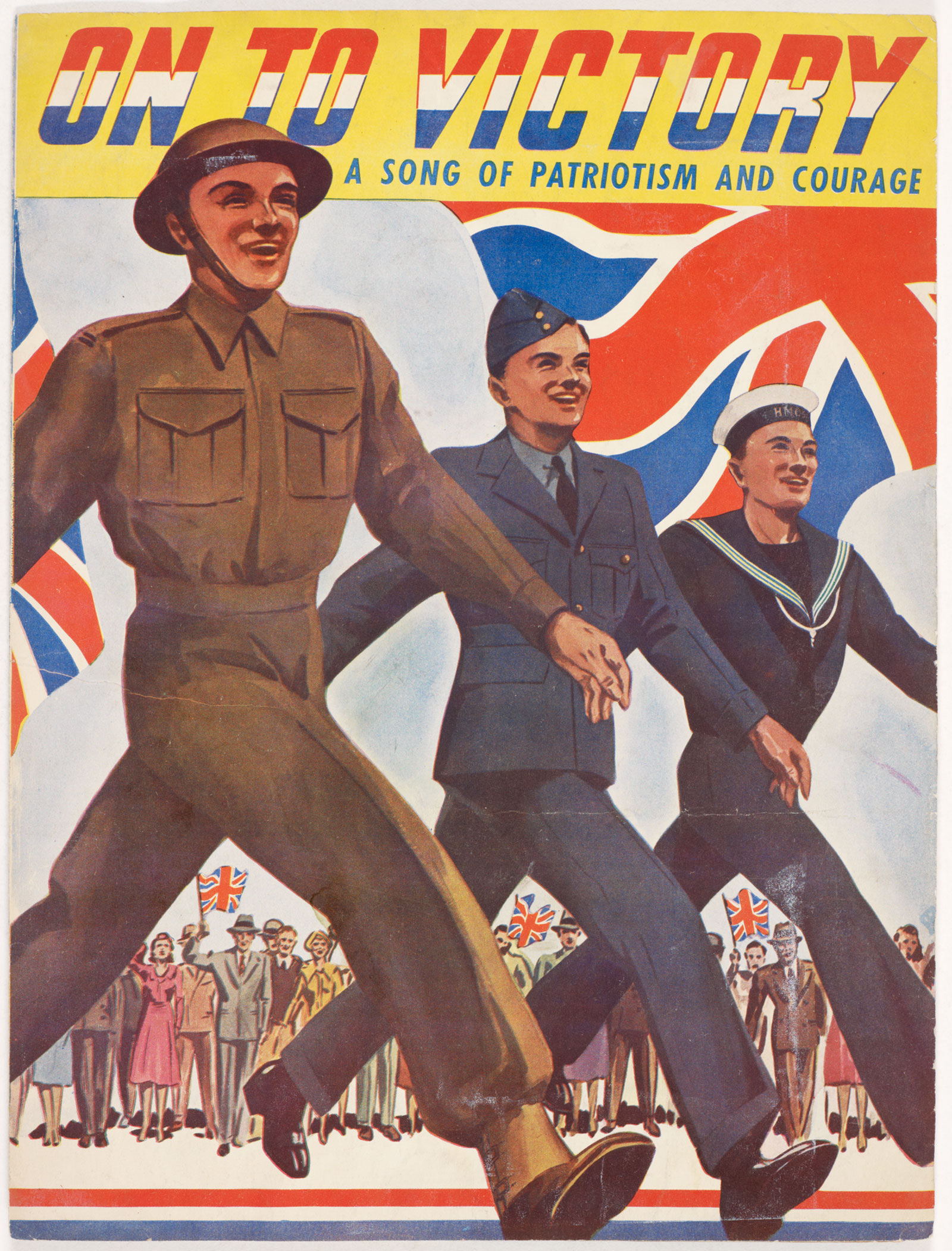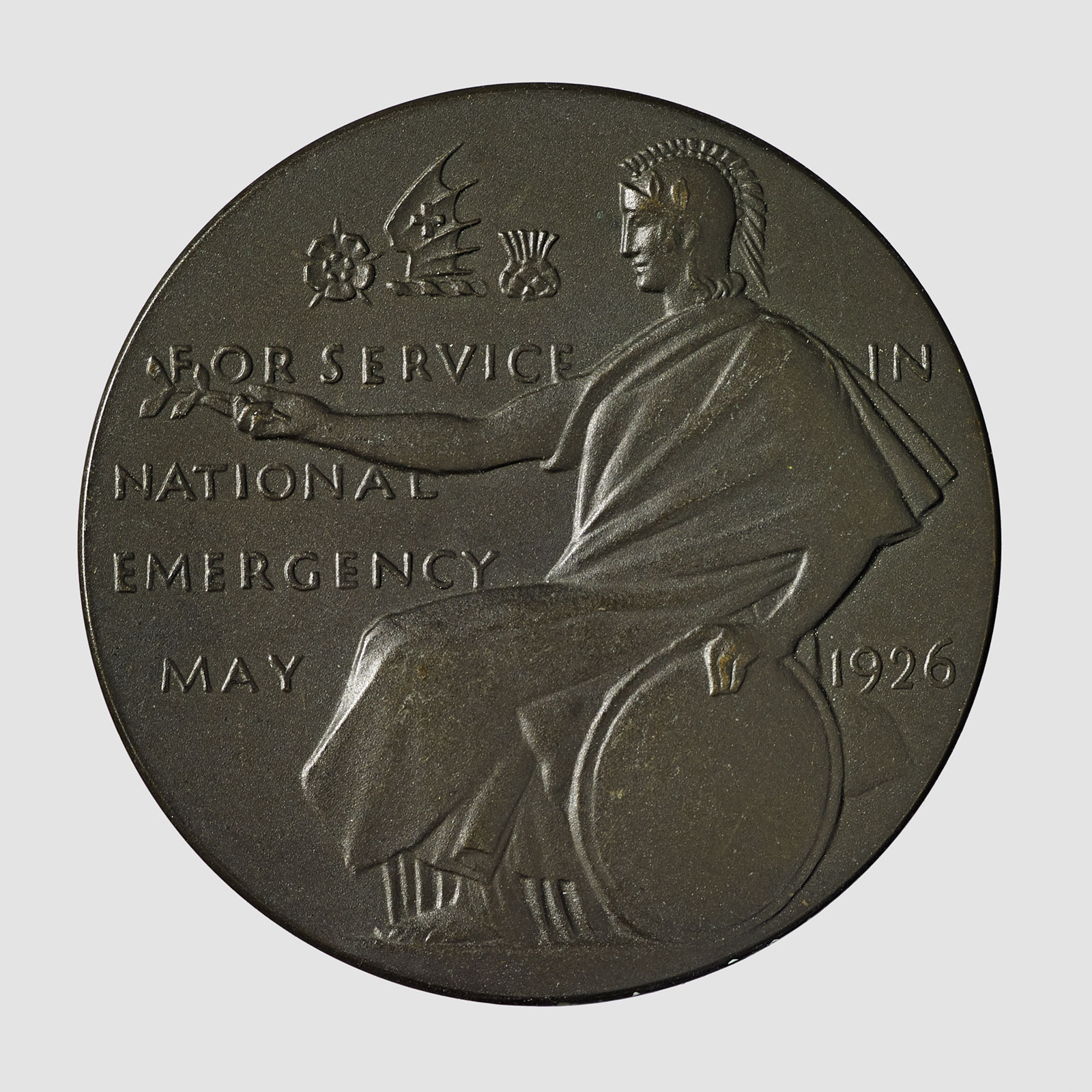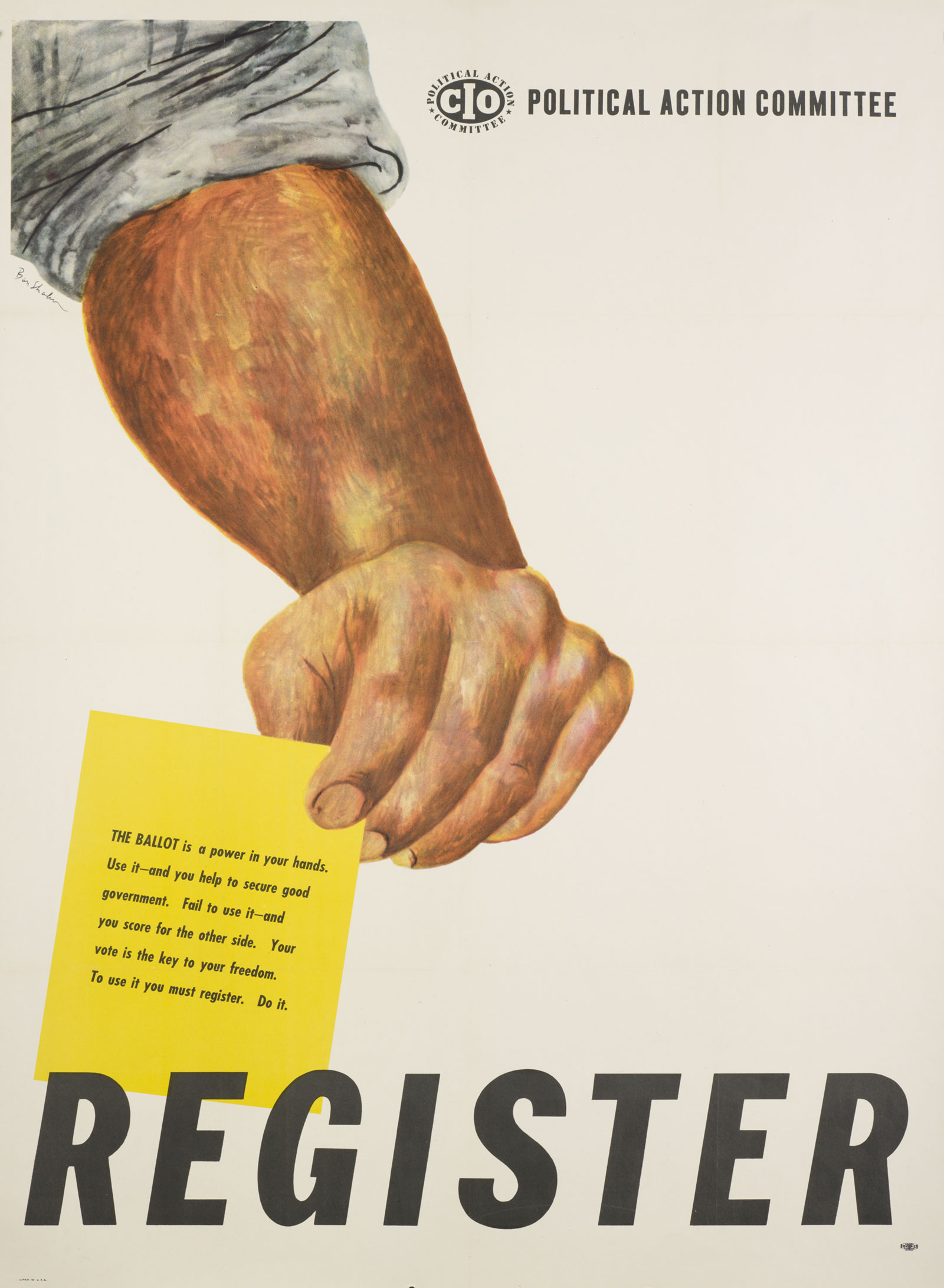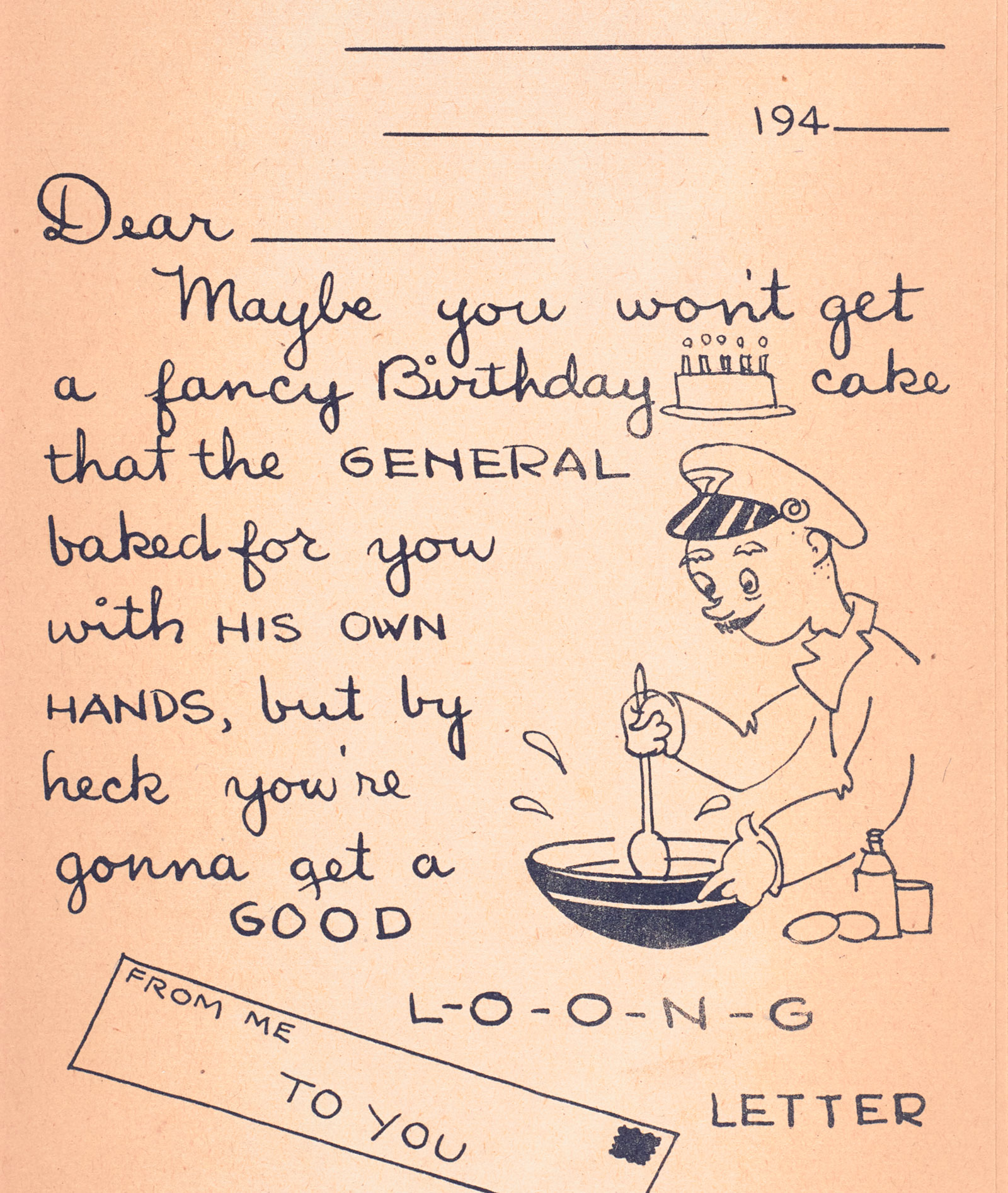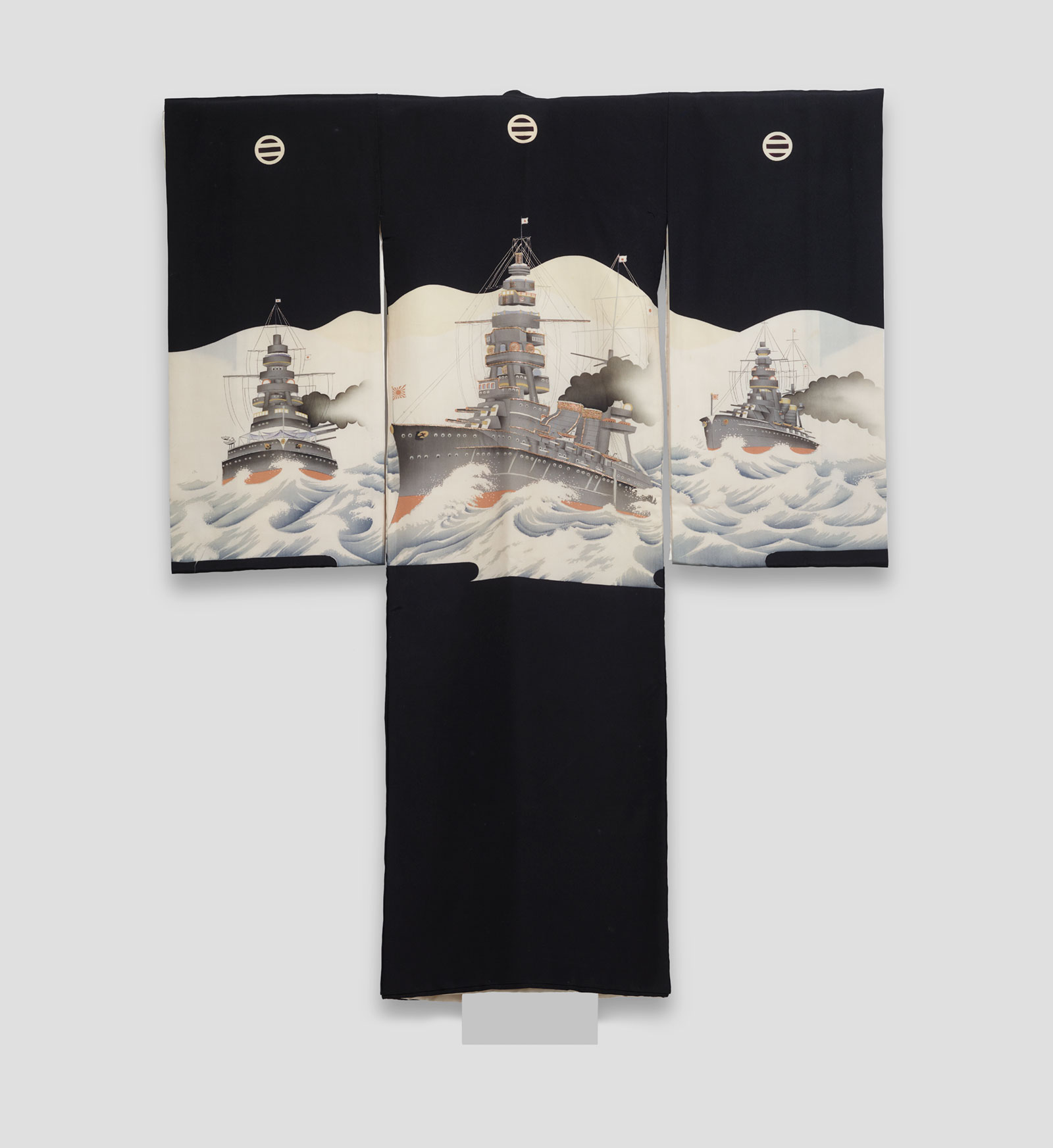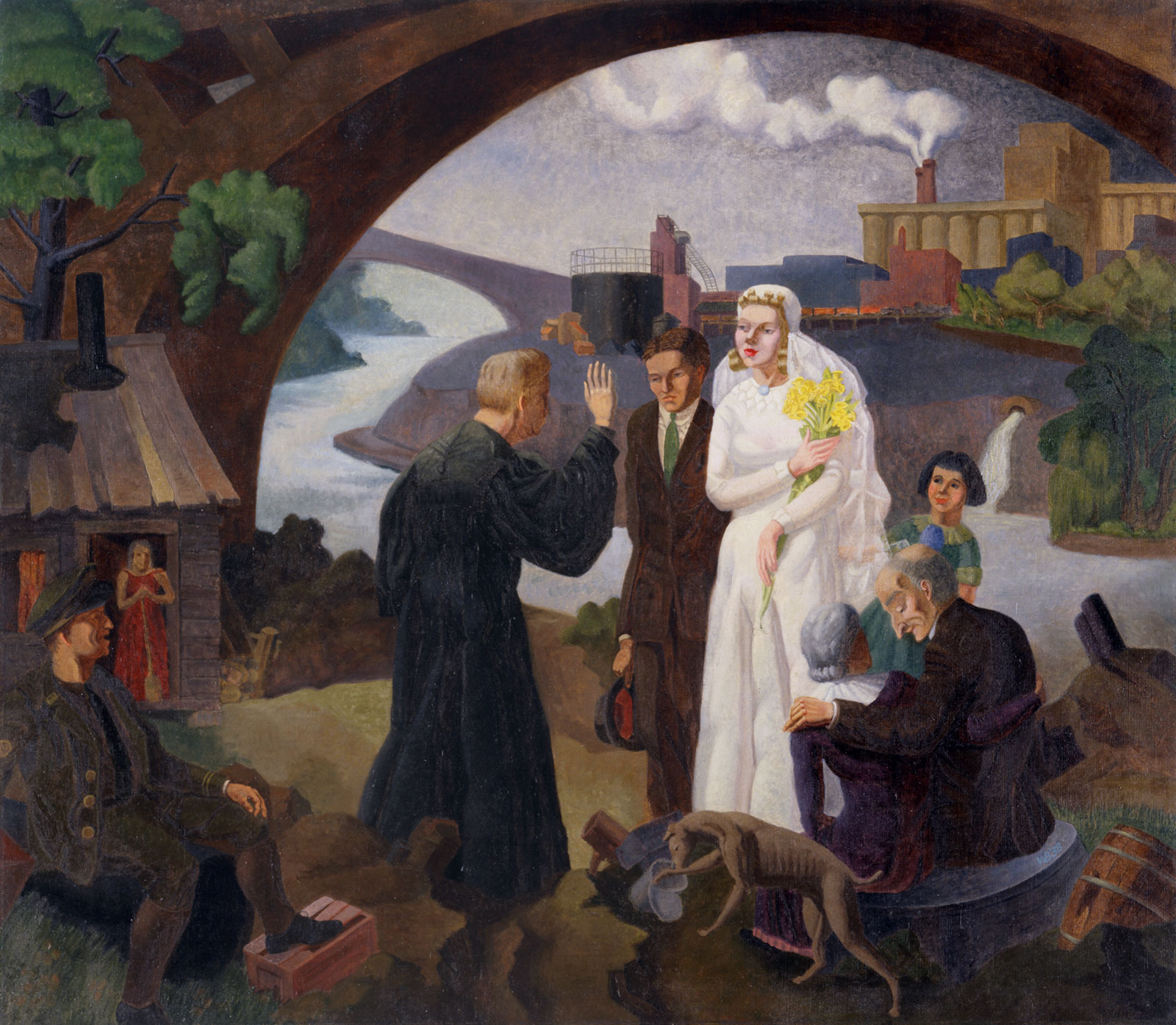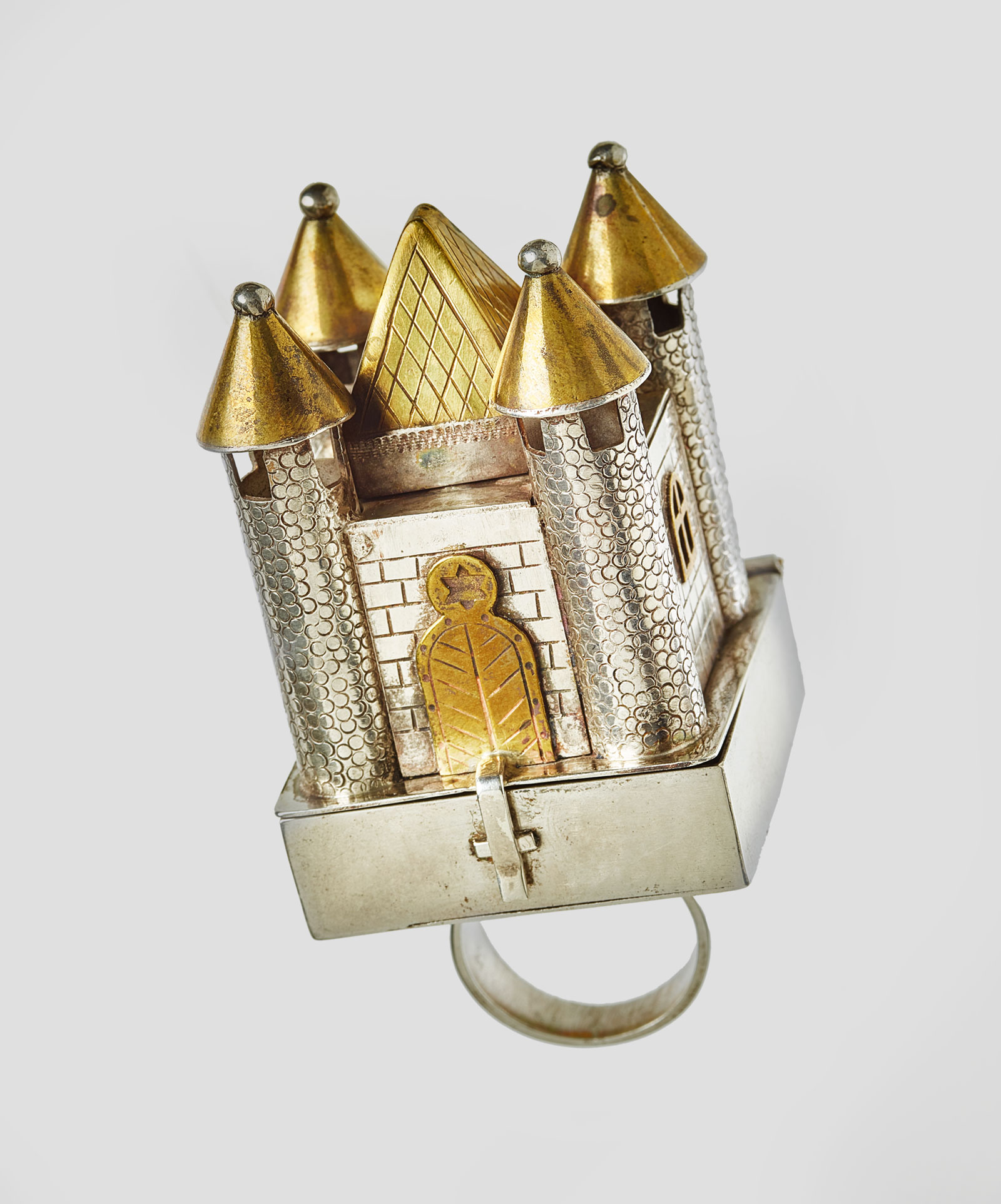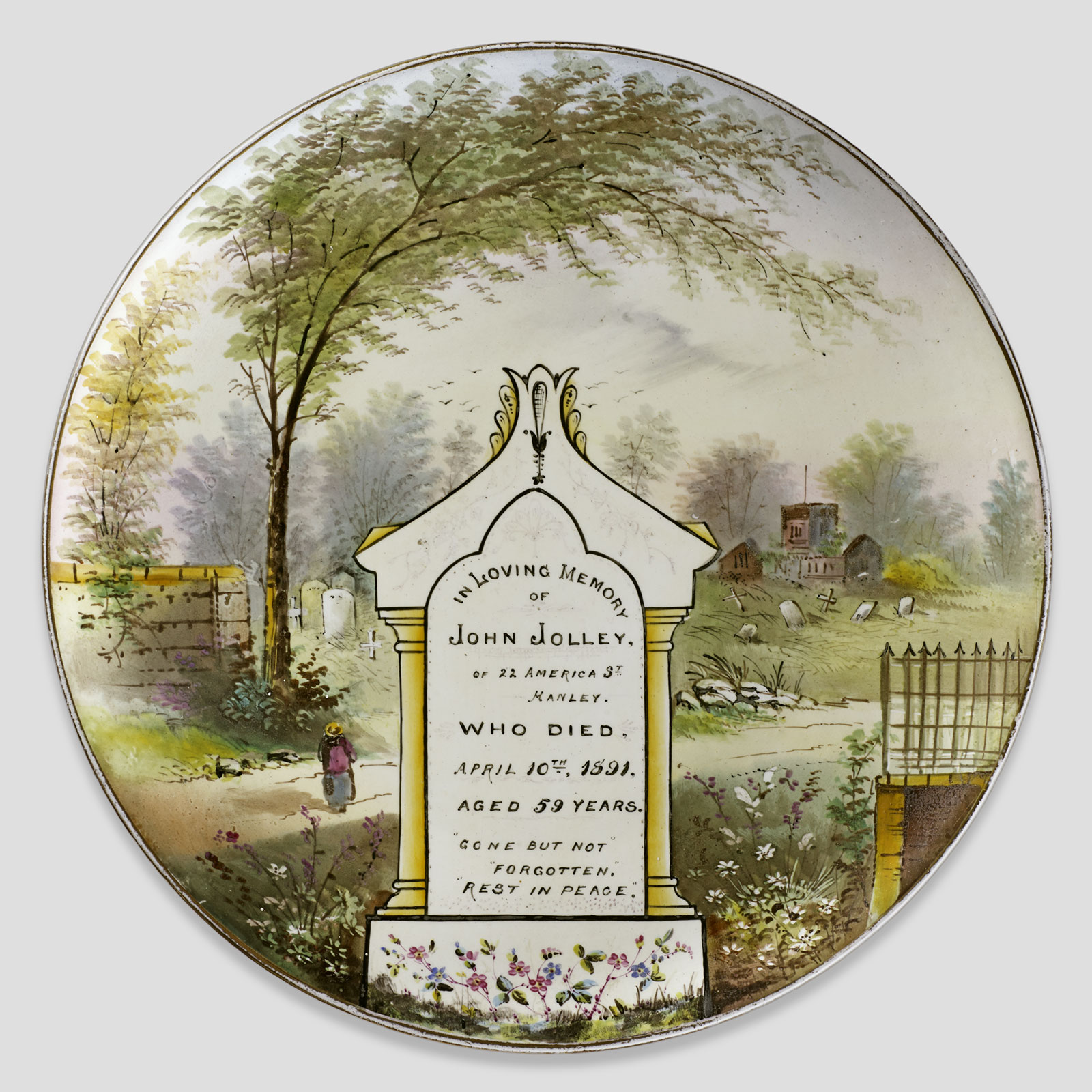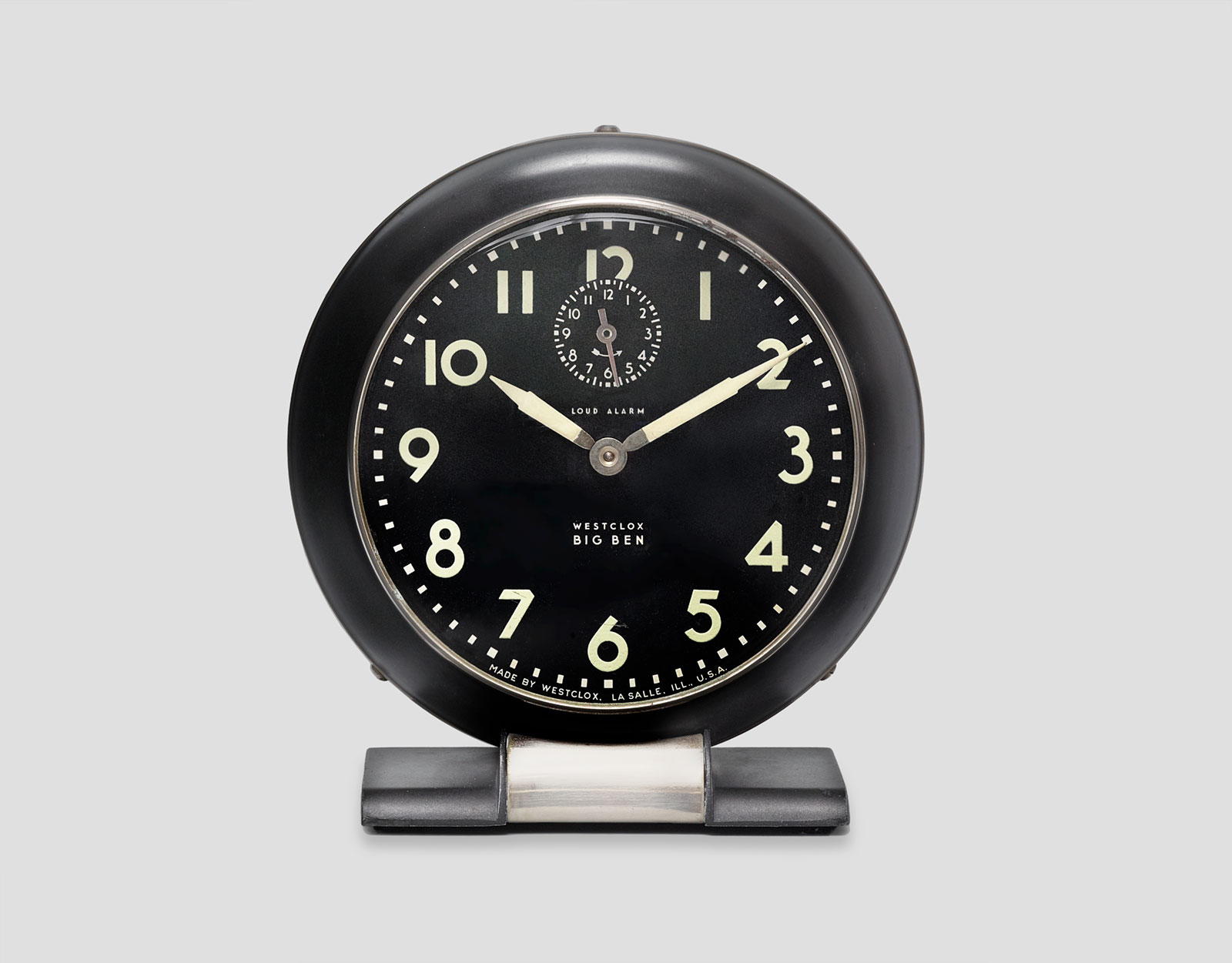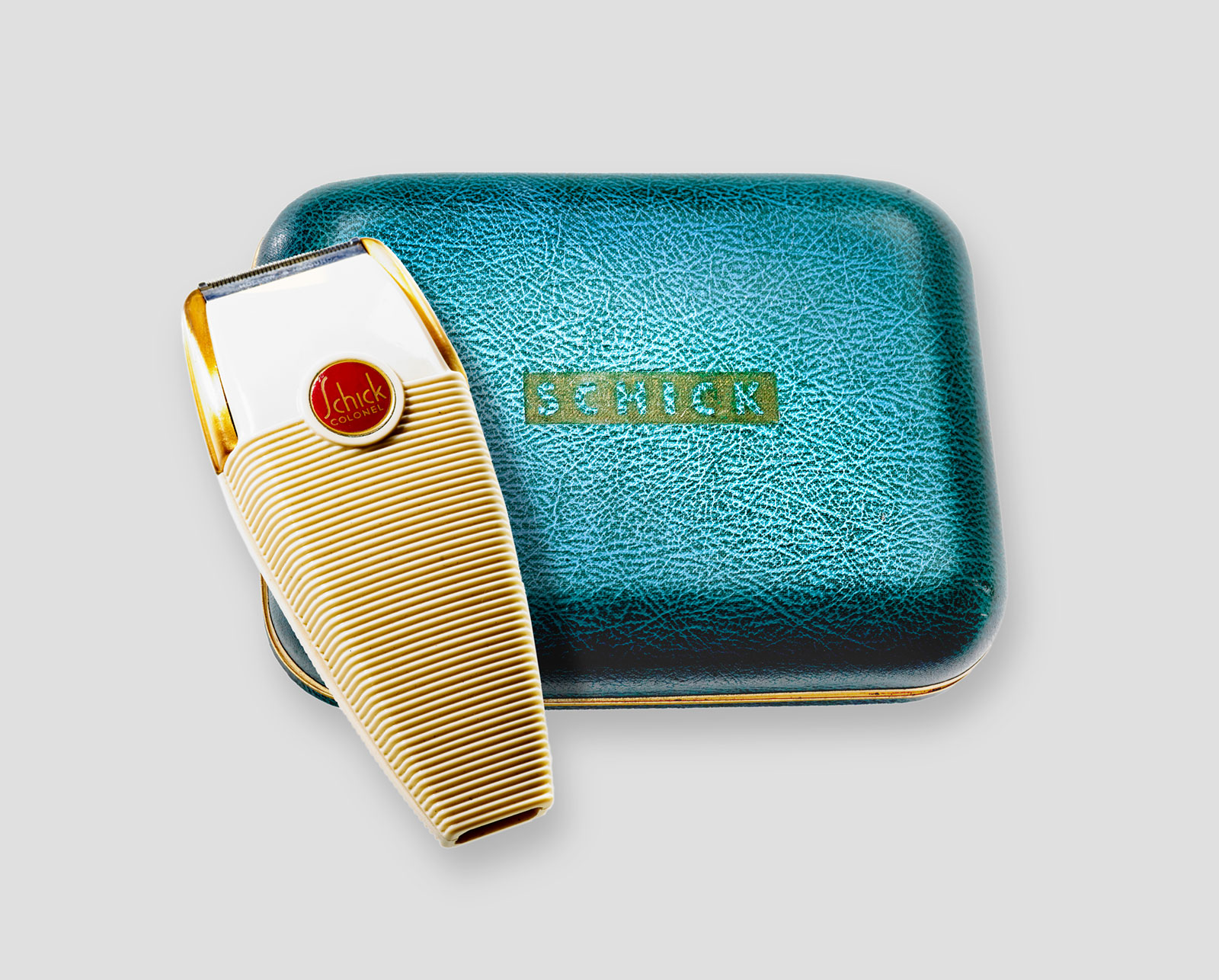August 29, 2024
By Molly Channon, interpretation specialist, and Susana Perez, museum educator
Rituals are woven into the very fabric of our lives, shaping our days and marking our most important moments. They can be as formal as a religious ceremony, like partaking in communion or reciting prayers, or as simple and personal as brewing your morning coffee or following a bedtime skincare routine. Often, the word "ritual" suggests religious or other kinds of ceremonial acts, but it can be used more broadly to encompass all of the patterns of behavior that give structure and meaning to our existence. Inspired by our July 2024 Into the Stacks—a program series co-hosted by Bookleggers Library director Nathaniel Sandler focusing on thematic deep dives into our holdings—we've mined The Wolfsonian's collection for items that reflect, and sometimes contributed to, rituals in many forms.
In exploring the themes below, we invite you to consider the rituals that shape your own life. Which ones do you turn to, and how do they connect you to others and the world around you?

